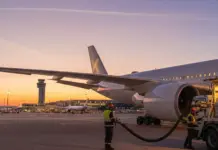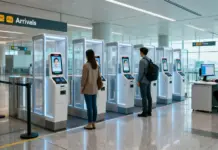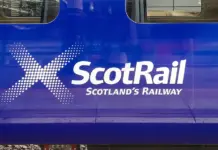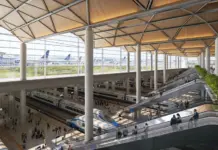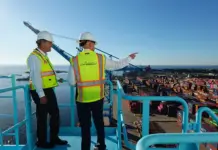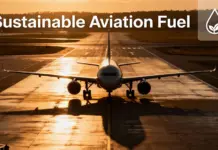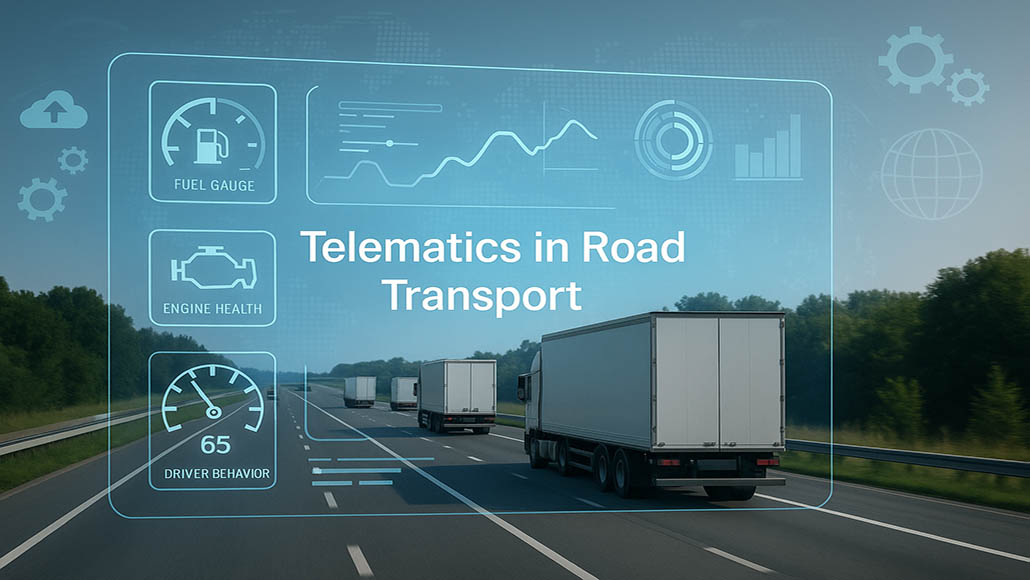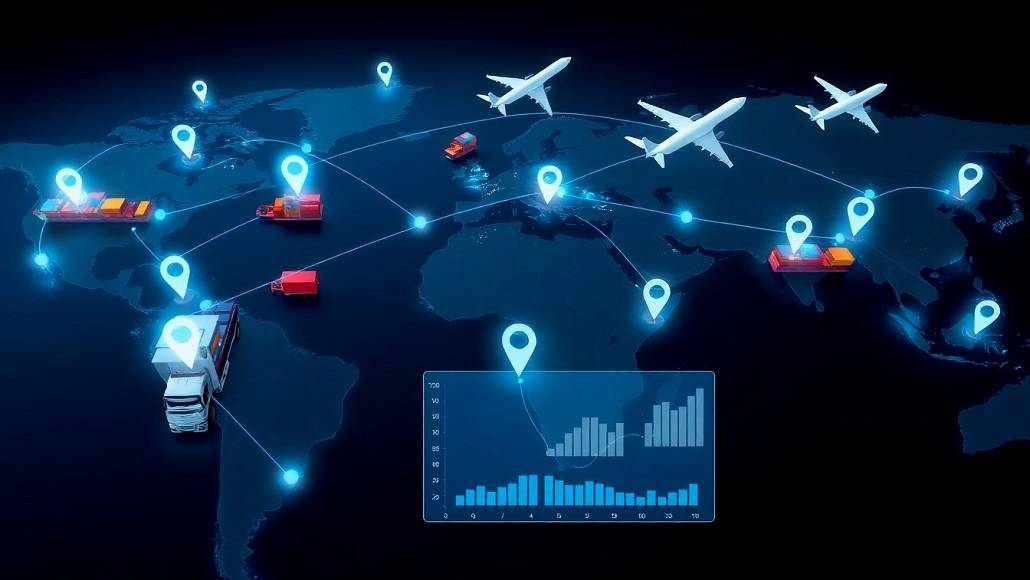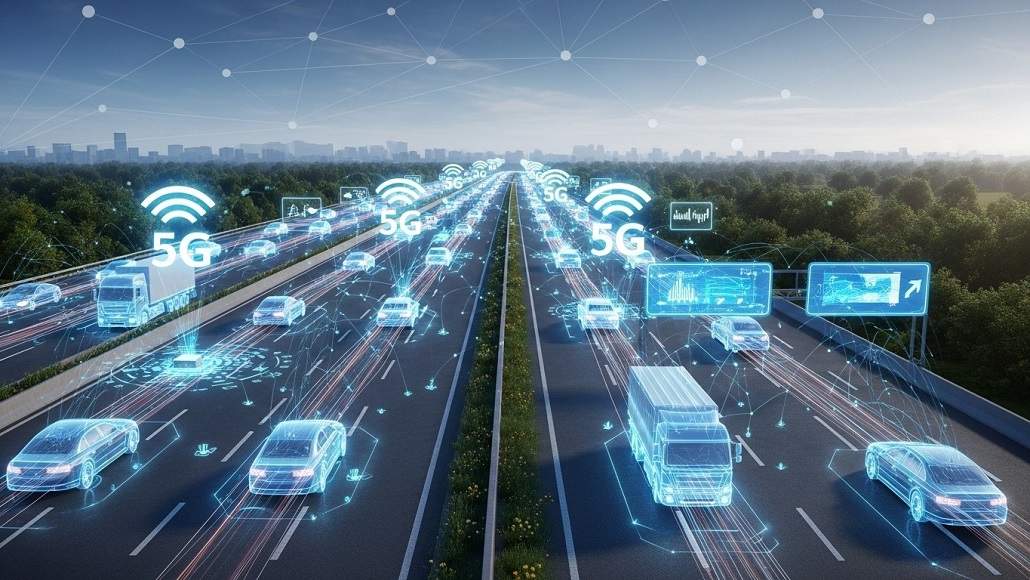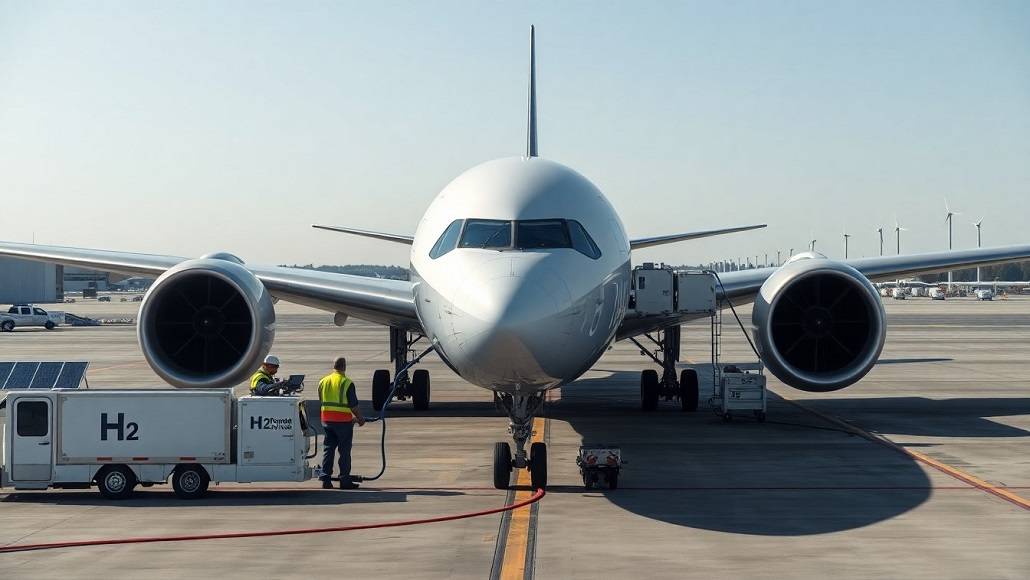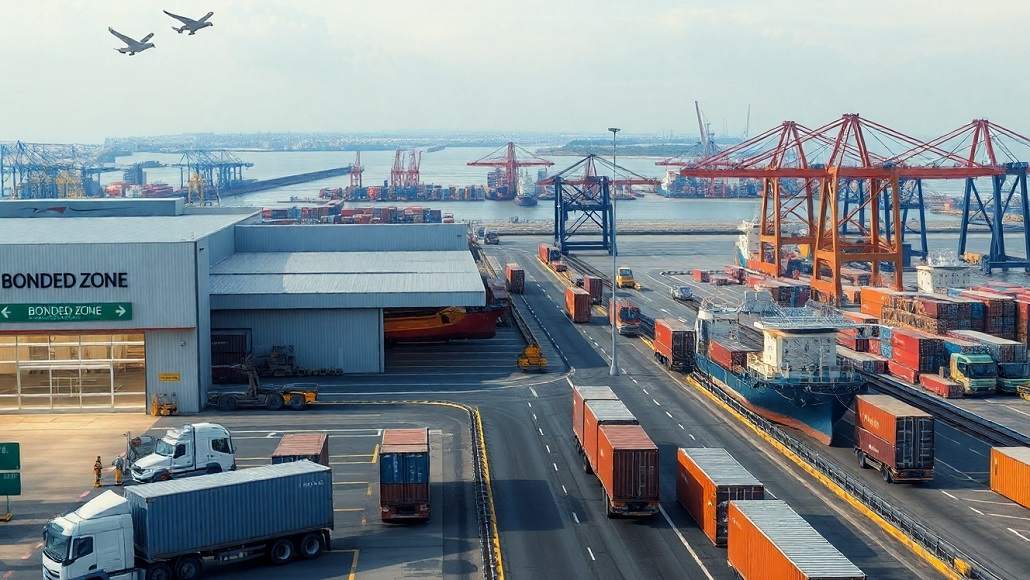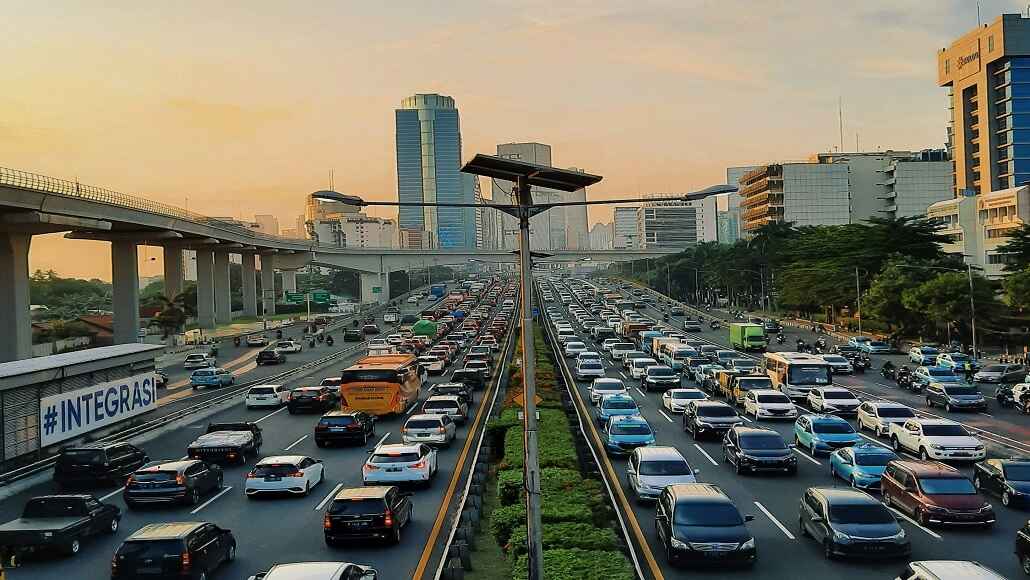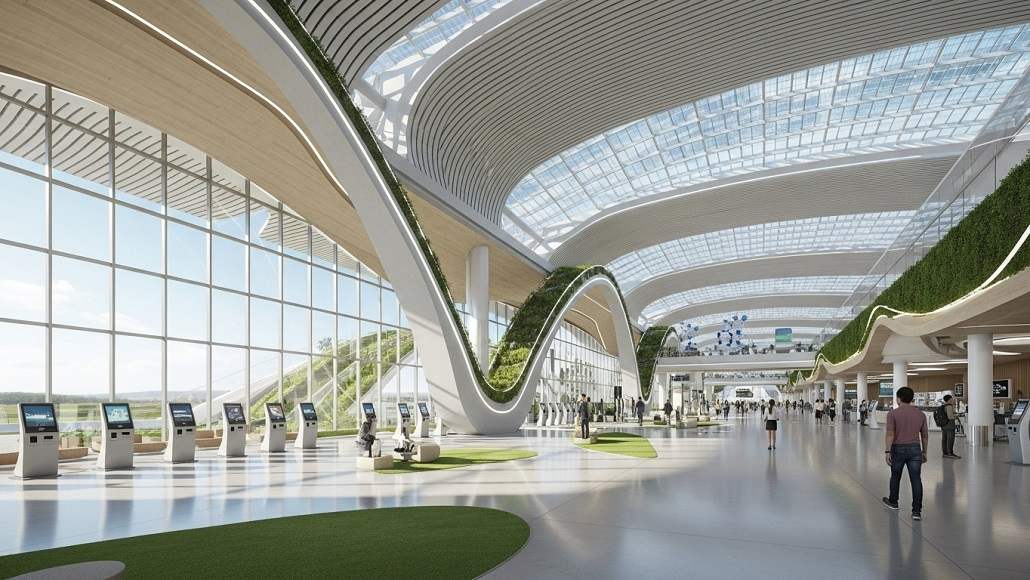Air travel and trade are growing at an unprecedented rate around the world, putting more and more pressure on the aviation and logistics industries to rethink their infrastructure. The idea of designing the future terminal, which will be seamless, smart and green, has gone from a fantasy to something that needs to be done right soon. Airports and seaports all across the world are embracing AI and IoT to automate terminals and encourage eco-friendly design for operations that don’t use any energy. They are also trying to bring together passenger, cargo, and logistical services into ecosystems that work well together. In the next ten years, the changes to terminals will be at the intersection of efficiency, intelligence, and sustainability. They will set new norms for how people and goods move.
A New Model: Bringing Together Passenger, Cargo, and Logistics Functions
For a long time, traditional terminal infrastructure has been divided into separate regions for passenger terminals, cargo facilities, and logistical centres. This has caused problems, lost resources, and missed opportunities for synergy. We need to take an integrated approach that blurs the barriers between passenger and cargo operations and creates a full ecosystem in order to make the future terminal seamless, smart, and sustainable.
This plan has worked in the real world. According to the Airport Authority Hong Kong, the Three-Runway System at Hong Kong International Airport would be able to handle 9 million tonnes of cargo a year by 2030. This is because the logistics for people and freight will be the same. This change is good for both e-commerce and ordinary freight, and it also makes the airport better able to handle 120 million passengers a year. Changi Airport in Singapore has always been one of the best places in the world for both passengers and cargo to connect. This is because it makes logistics work well between the airside and the landside.
These kinds of solutions make it easier for freight and passengers to move quickly together since they use the same infrastructure, such as security, customs, and data management systems. This synergy makes things work more smoothly, speeds up turnaround times, and supports just-in-time logistics models that are particularly crucial in today’s globalised economy. Integrated terminals are also great for satisfying the rising demand for “belly cargo,” which is when goods are moved in the cargo holds of passenger planes. It’s hard to detect the difference between passenger and freight services because of this.
The Smart Revolution: Terminal Automation with AI and IoT
The proposal to develop the future terminal, which will be smart, sustainable, and frictionless, is based on using AI and the Internet of Things. These technologies aren’t simply nice to have; they’re transforming how things work at their core and launching a new era of decision-making based on data and automation.
With AI-powered predictive analytics, terminal managers can now more accurately forecast how many passengers will be coming through, plan maintenance, and make the greatest use of resources. Dubai Airports says that AI-powered crowd control and superior facial recognition technology have cut the time it takes to process passengers at Dubai International Airport by 30%. On the other hand, Schiphol Airport in Amsterdam uses IoT sensors in all parts of its luggage handling system. This makes travel easier and reduces down on misplaced bags by 25%.
Automation isn’t just for passengers; it also includes freight and logistics. At the Port of Rotterdam, IoT sensors and self-driving cars, for example, handle the transportation of more than 14.5 million TEUs (twenty-foot equivalent units) every year. This makes it the biggest and smartest port in Europe. AI algorithms are always checking shipping predictions, weather data, and supply chain issues. This lets resources be allocated and used right away. This kind of smart automation not only makes things operate more smoothly, but it also minimises the danger of human error, makes things safer, and helps firms flourish even when trade volumes are at an all-time high.
The smart, frictionless, and long-lasting future terminal also employs blockchain to make things clearer, cybersecurity to keep vital infrastructure safe, and digital twins to plan and test things out in real time. The result is a terminal ecosystem that is strong and adaptable enough to meet the needs of both passengers and the global supply chain.
Going towards sustainability: Designing Green Terminals and Running Them at Net-Zero
A business can run better with technology, but to be ready for the future, it also needs to be nice to the environment. The main goals of global infrastructure strategy are now net-zero operations and green terminal design. This is due of both the law and the growing need for sustainability in society.
The International Air Transport Association (IATA) says that the aviation industry is to blame for about 2–3% of all CO₂ emissions around the world. The International Maritime Organisation (IMO) claims that shipping is to blame for another 2.9%. In response, the biggest ports are spending money on structures that use less energy, renewable energy, and materials that are good for the environment to lower their carbon impact.
Oslo Airport’s terminal extension is widely considered one of the “world’s greenest terminals” due to its significant reductions in carbon emissions and energy consumption, it still releases some carbon. The terminal uses innovative design and energy-efficient strategies, including on-site energy harvesting systems, and environmentally friendly materials, resulting in an estimated 35% reduction in CO2 emissions.
Sustainability efforts don’t just happen in the office. The future terminal will be smooth, smart, and sustainable. It will also have better water recycling, systems that don’t waste anything, and ways to maintain biodiversity inside the terminal’s walls. The World Green Building Council argues that AI and IoT can also minimise energy waste by up to 20% by optimising heating, cooling, and lighting systems in real time.
Big industry bodies like the Airports Council International (ACI) and the World Ports Sustainability Program (WPSP) are pushing for the application of best practices in all areas. Their unified vision is clear: the future terminal should be smarter, more efficient, and better for the environment, and it should also meet economic needs.
Turning the Seamless, Smart, and Sustainable Vision into a Reality
Designing the future terminal to be seamless, smart, and sustainable is a complex challenge—but also an essential one. This means making operations more efficient, coming up with new technology, and being ecologically responsible. Integrated terminal ecosystems get rid of traditional divides and create hubs that can handle both passengers and cargo rapidly and on a wide scale. AI and the Internet of Things (IoT) are making terminals smarter, more responsive, and safer than ever before. On the other hand, green design and net-zero operations put sustainability at the core of long-term planning. This makes sure that growth stays within the constraints of the planet.
There are already a number of projects going on in cities like Hong Kong, Oslo, and Rotterdam that are paving the way for smart, smooth, and long-lasting terminals. Airport and port authorities, logistics businesses, and legislators all get the message: if you don’t embrace the future now, you can get left behind in a constantly changing and competitive world. The terminals of the future won’t only be locations to get on and off of flights. They’ll also be instances of smart, seamless, and sustainable innovation that sets the standard for how people and things move around the world.



